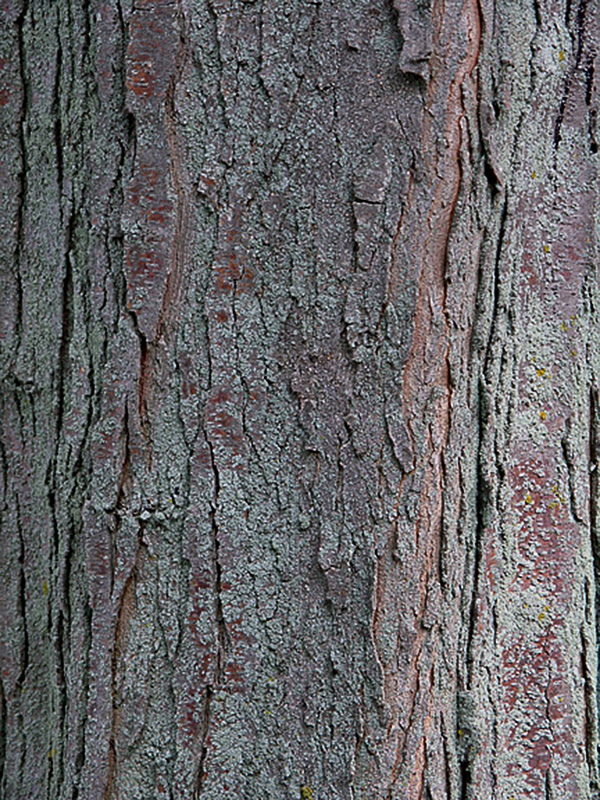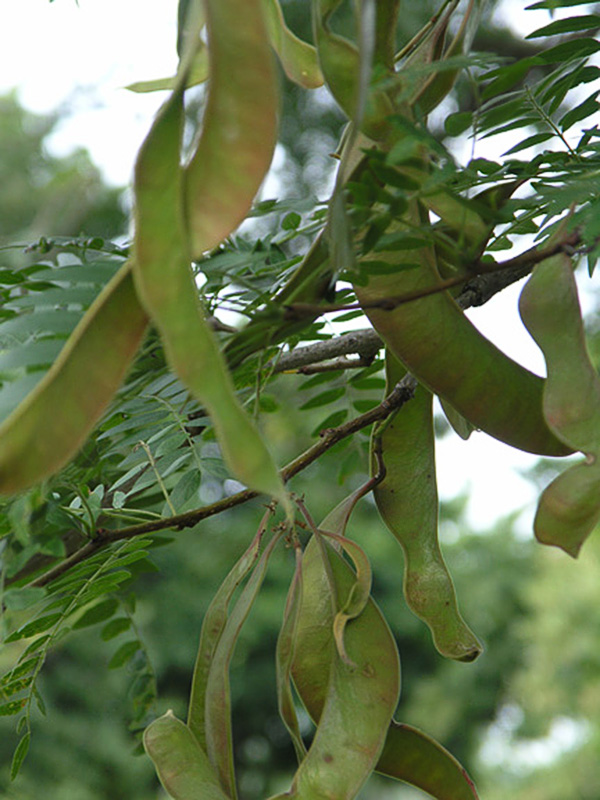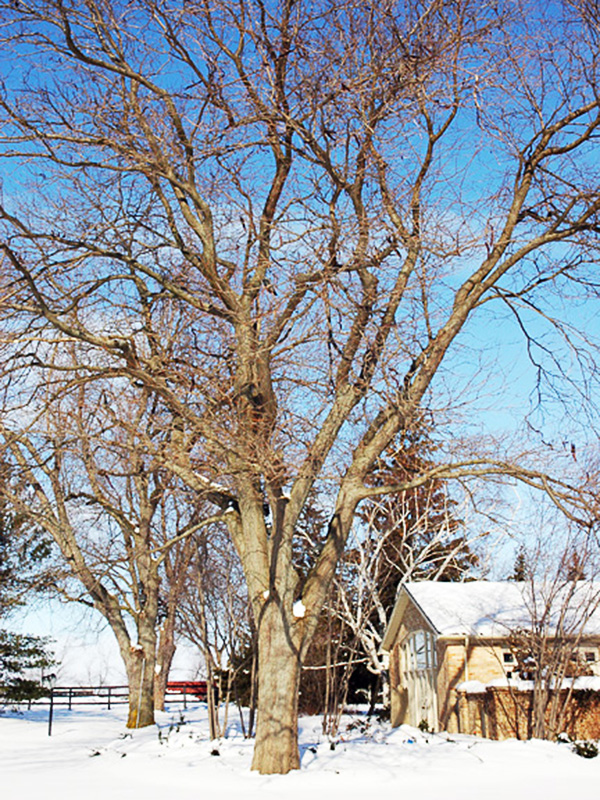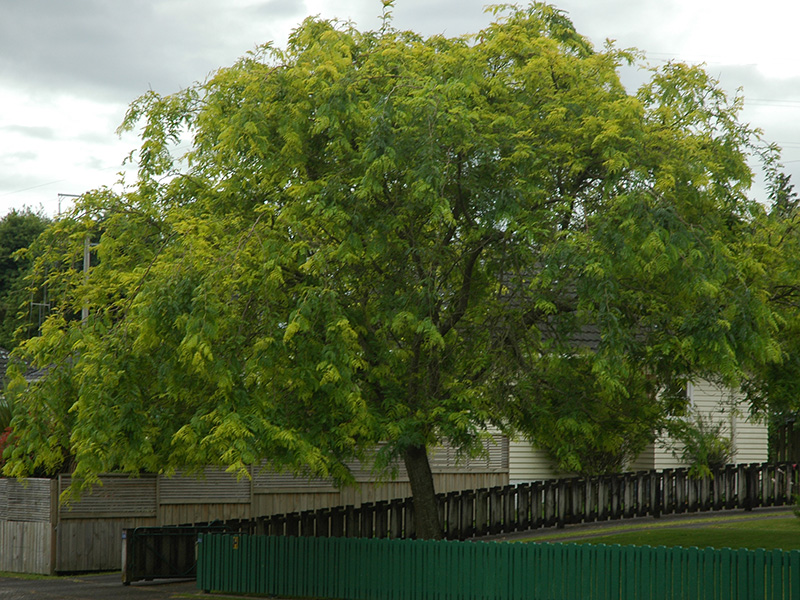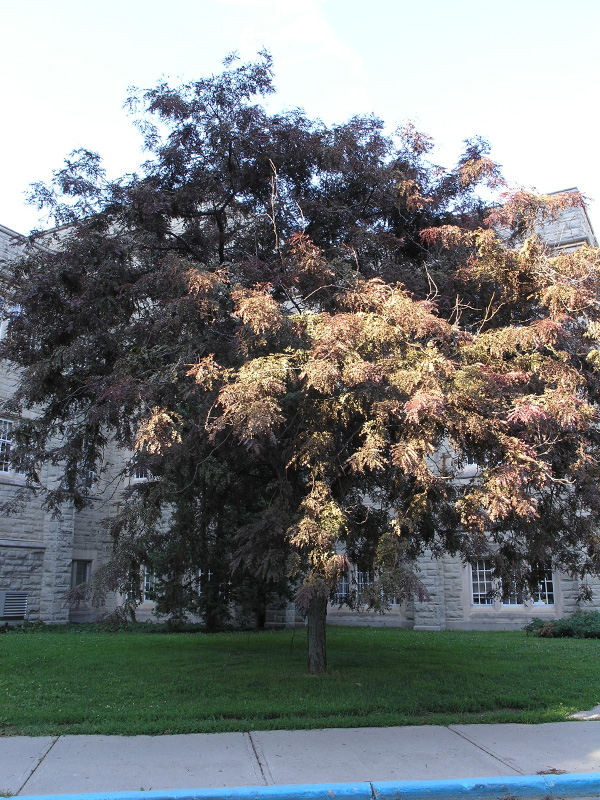Gleditsia triacanthos var. inermis (Thornless Honeylocust)
Botanical Information
| Family | Fabaceae |
| Genus | Gleditsia |
| Species | triacanthos |
| Variety | inermis |
| Category | Woody |
| Type | Tree (deciduous) |
| References | Fowells, H.A. 1965. Silvics of forest trees of the United states. USDA Forest services Ag Handbook #271 Peattie, D.C. 1964. A Natural History of Trees of Eastern and Central North America. 2nd Ed. Bonanza Books. New york, NY. 606pp. |
| Origin | Found in Southern Ontario and the central and eastern United States of America. |
| Ethnobotanical Uses Disclaimer | The pods of Gleditsia triacanthos have been made into a tea for the treatment of indigestion and measels for centuries. A concoction of the bark has been used to create a drinkable mixture to treat dyspepsia. It has also aided in the treatment of whooping cough and small pox. Current development in science examines the leaves as a promising source of anti-cancer compounds. |
| Pronunciation |
Details
| USDA Hardiness Zone | 4 - 9 |
| USDA Hardiness Ref. | |
| Canadian Hardiness Zone | 3 - 10 |
| Canada Hardiness Ref. | |
| RHS Hardiness Zone | H7 |
| RHS Hardiness Ref. | |
| Temperature (°C) | 18 - 21 |
| Temperature (°F) | 65 - 70 |
| Height | 15 m |
| Spread | 10 m |
| Growth | Medium |
| Flowering Period | May |
Description and Growing Information
| ID Characteristic | The Thornless Honeylocust has pinnate fern-like leaves that turn golden yellow in the autumn. Its fruit is a long bean-like pod that are green in colour during their early stages turning brown-black at maturity. |
| Shape | Vase-like canopy. |
| Landscape | Known for its tolerance to polluted urban centres where it can easily adapt to any restrictions and thrive. Some examples include parking lots, along sidewalks and streets. |
| Propagation | Pre-soak in water 24 hours before scarification. |
| Cultivation | Full sunlight and alluvial soils. |
| Pests | The Thornless Honeylocust is susceptible to plantbugs, Diaphnocoris chlorionis, leafhoppers and Macropsis fumipennis. |
| Flower/Leaf Bud Description | Buds are very small and clustered at nodes; there is no terminal bud. |
| Leaf Description | Leaves are pinnate and are shiny dark green. They change colour to deep yellow in autumn. |

